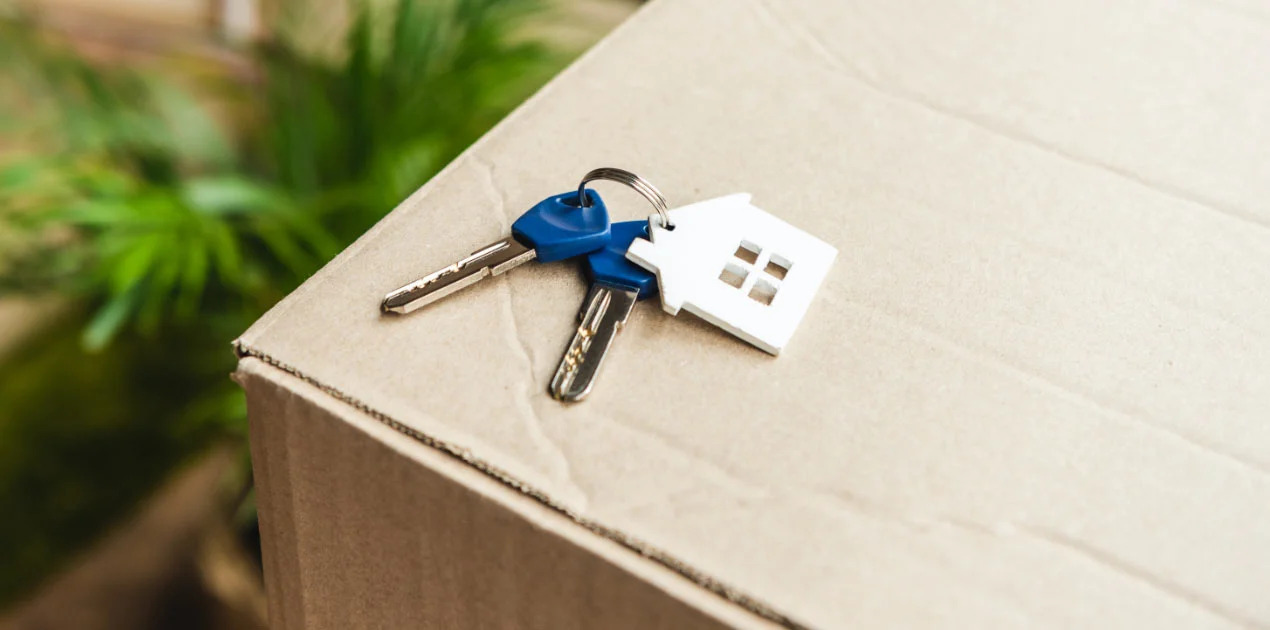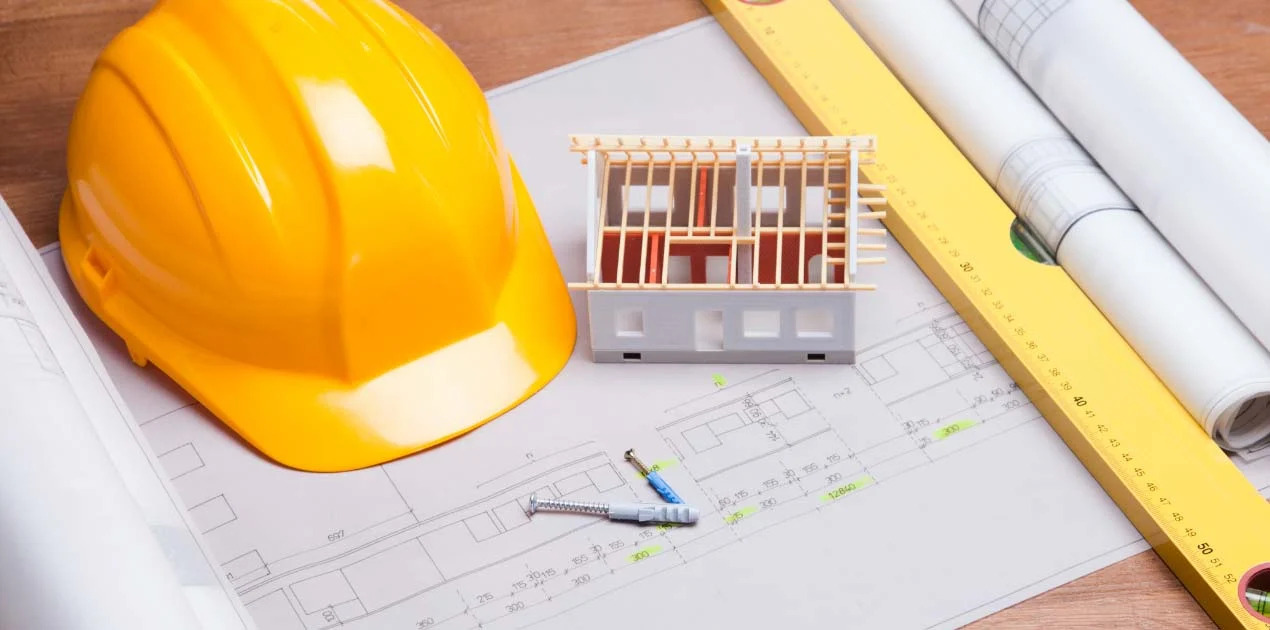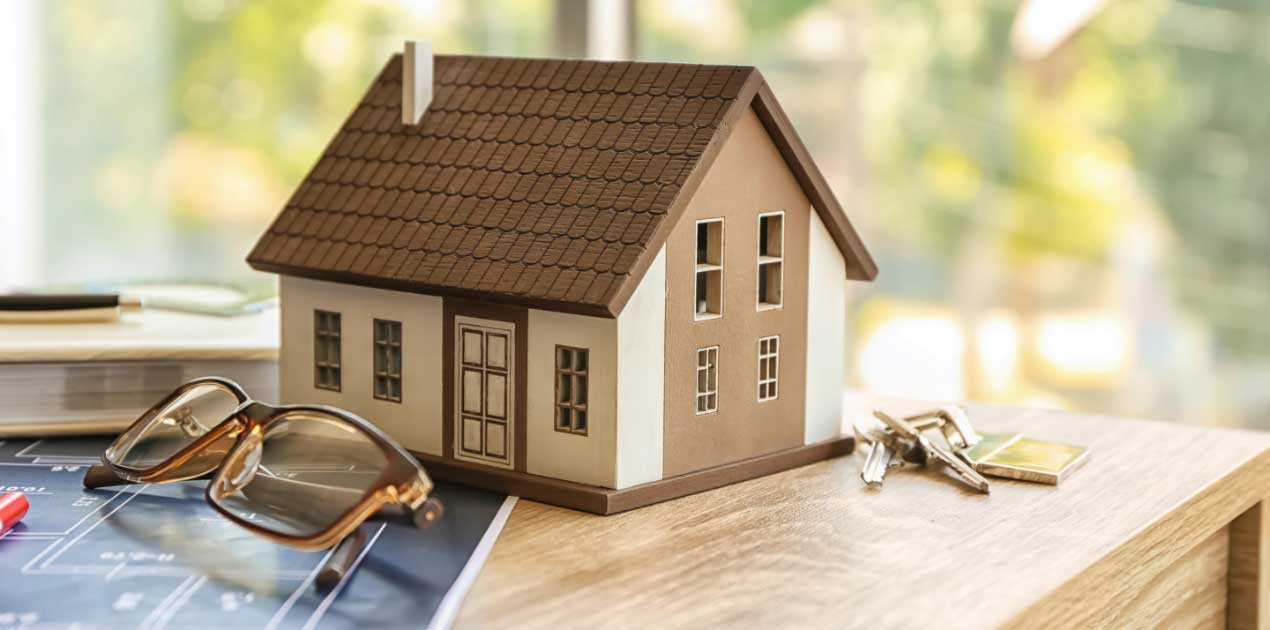Please use the menu below to navigate to any article section:
- How does the home loan borrowing calculator work?
- How is mortgage affordability calculated?
- How much mortgage can you afford?
- Based on your salary, how much money can you borrow?
- How much do you need to earn to get a mortgage?
- How accurate are mortgage affordability calculators?
- How to make mortgage repayments more affordable
Buying a home and thinking about a mortgage can often be a daunting experience.
Our home loan borrowing power calculator can help you work out how much you can borrow based on your current income and existing financial commitments.
Before starting your suburb and property research and looking for your dream property, it’s important to know what you can actually afford to borrow.
For many first-time buyers, the journey onto the property ladder begins with saving up enough money to use as a deposit on a home… but that’s only part of the process.

Before a lender can issue you with a mortgage or home loan product, they need to know more than that you’ve squirrelled away a deposit for your home because it is their legal responsibility to assess you on your ability to service your loan – in other words, they assess your financial position to ensure you can comfortably make your mortgage repayments on a continuing basis.
This is known as your ‘borrowing power’.
Whilst it is always best to speak to a professional, like the team at Metropole, this home loan borrowing calculator is a great tool to help you work out what you can afford to buy with your total household salary.
How does the home loan borrowing calculator work?
A home loan borrowing calculator takes several important factors into account to determine your borrowing capacity, or which size loan you may be eligible for.
For example, the calculator takes into account your annual income (net salary before tax) and any other income which is then compared against your outgoing monthly expenses, number of dependents, any debt (such as credit cards or other loans), and other financial commitments.
You can then adjust the interest rate and loan term on the calculator to see how it would affect your borrowing capacity which would help to determine what type and size of loan would suit your budget and income.
It’s important to note that our borrowing calculator does not factor in interest rate fluctuations which are inevitable at some point over the 25-30 year term of your loan.

How is mortgage affordability calculated?
Each lender calculates mortgage affordability differently, which means there is no ‘hard and fast’ rule to work out exactly how much you will be able to borrow until you go to apply for pre-approval with your preferred lender or preferably through an investment-savvy finance broker.
But generally, there are 5 key things that banks will look at to assess how much you can afford to borrow.
- Your total income, including any overtime, bonuses, commission, tax-free income, or rental income.
- Your savings or equity – this is what you have to put against the purchase. You can either save a cash deposit or if you’re not a first-time buyer you can use the equity in your current home as a deposit for your new home.
- Your situation – borrowing jointly greatly boosts borrowing power, meanwhile, dependents lower your borrowing power.
- Total expenses, including living expenses, existing mortgages, credit cards, and personal loans.
- Your repayment history – your history of repayments for any other mortgage and other debts is also taken into consideration when you apply for a home loan.
On top of the above, some lenders also include a non-existent expense called a ‘buffer’ to ensure your borrowing power is conservative to cover any unforeseen circumstances.
Banks will generally then use all the collected information to work out how much money is remaining in your budget and available to go towards your monthly mortgage repayment.
The lender will then calculate your home loan repayment for a 30-year loan and include applicable interest rates.

How much mortgage can you afford?
How much income can I afford?
How much do I need to earn to borrow $400k?
How much income for a $350k mortgage?
These are common questions asked by many people looking to get their foot on the property ladder for the first time.
Unfortunately, there’s no magic formula that says you need x income to afford a $1 million house… because income is just part of the equation.
Why?
Put simply, because of the way the banks calculate mortgage affordability, the amount of mortgage you may be eligible for is dependent on your income, situation, and your expenses combined.
And it’s not just a case of increasing your mortgage repayments to whatever is needed to get the higher loan – you need to take mortgage stress into account.
And of course, this is at the forefront of mind for many Australians right now with the recent interest rate hikes.
Mortgage stress is commonly defined as when a household is spending more than 30% of its gross (pre-tax) income on its mortgage repayments.
So if a low-income household is spending over 30% of their income on their mortgage repayments (or rent) it means they are under housing stress.
So what sort of numbers are we looking at?
Let’s break it down and look at some examples.
Assuming that you don’t have any debts, liabilities, or dependents, and using a rate of 5.99% per annum over a 30-year loan term, here are 4 examples of the absolute upper end of what you could afford on your salary, and the maximum affordable property price with a 10% or 20% deposit.

Based on your salary, how much money can you borrow?
$50,000 salary
- A $50,000 annual gross income with a mortgage at 5.99% p.a. equates to a loan amount of up to $272,232.
- With a 10% deposit contribution, the maximum affordable property price would be $302,480, or with a 20% deposit $340,290.
$70,000 salary
- A $70,000 annual gross income with a mortgage at 5.99% p.a. equates to a loan amount of up to $391,222.
- With a 10% deposit contribution, the maximum affordable property price would be $434,691, or with a 20% deposit $489,027.
$100,000 salary
- A $100,000 annual gross income with a mortgage at 5.99% p.a. equates to a loan amount of up to $528,233.
- With a 10% deposit contribution, the maximum affordable property price would be $586,925, or with a 20% deposit $660,291.
$125,000 salary
- A $125,000 annual gross income with a mortgage at 5.99% p.a. equates to a loan amount of up to $663,710.
- With a 10% deposit contribution, the maximum affordable property price would be $737,455, or with a 20% deposit $829,635.

How much do you need to earn to get a mortgage?
Do you think your income is too low to get a home loan?
That’s a myth.
The truth is, home loan lenders don’t reject people with earnings below a certain threshold, however, it will mean your lending capacity is less.
Sure, if you have a low income (The Australian Taxation Office classes a taxable income of under $37,000 as a ‘low income’ so that could be a good guide of what is considered ‘low’), your income could present issues with buying a home in today’s property market, but it’s not impossible.
In fact, some lenders have specific products available which are tailored specifically for low-income earners of single-income households.
How accurate are mortgage affordability calculators?
One of the most important things you need to do when looking to buy a property is to determine what you can afford to borrow.
In reality, a home loan affordability calculator is as accurate as the information you put into it so while it does go some way to estimating your borrowing power, it should be used only as a starting point to determine whether home ownership is financially within your reach before applying for pre-approval and pursuing listings.
Whilst it is always best to speak to a professional, like the team at Metropole, this calculator is a great starting point for anyone looking to take on a new loan.

How to make mortgage repayments more affordable
Australia’s house prices experienced the steepest increase in almost 18 years during the Covid-19 boom of 2021-22, surpassing record highs – Sydney and Canberra taking the title as the cities enjoying the fastest quarterly acceleration on record.
And even though property prices have since cooled from their peak, values remain far higher than pre-pandemic.
At the same time, the Reserve Bank has hiked interest rates by 375 basis points in the 12 months to May 2023, dampening buyers borrowing power.
Not only this, but lenders have tightened restrictions on how much borrowers can borrow.
The combination of the 3 – property prices, interest rate hikes, and tightened lending restrictions – means that borrowing capacity has reduced by 20% to 30% since the first rate hike in May 2022.
So, if you’re looking to buy a home in the current market, you might not be able to borrow (or spend) what you originally planned to stay within your budget.
Here are a couple of steps you can take now to make sure your mortgage repayments are as affordable as possible.
1. Make sure you’re a good mortgage candidate
The stronger a mortgage candidate you are, the more likely you’ll be able to secure a low-interest rate on your home loan.
You’ll have an easier time qualifying for a competitive mortgage rate if you have a high credit score, a low debt-to-income ratio, and a healthy level of cash reserves.
Also, if you want to keep your monthly payments to a minimum, don’t be scared to negotiate on your contract on the interest rate of your loan, but of course, interest rates aren’t the only factor when choosing alone many other factors including flexibility must be taken into account.

2. Save a larger deposit
This might seem obvious, but the larger the deposit, the more affordable your mortgage repayments are.
In some cases, you might get away with putting down as little as 5%, but in general, you should be gathering at least 10%.
If you’re able to put down a 20% deposit that means saving on lender’s mortgage insurance (LMI) costs.
LMI is a one-off, non-refundable, non-transferrable premium that’s added to your home loan and is designed to protect the lender from financial loss if the borrower can’t afford to meet their home loan repayments.
It’s calculated based on the size of your deposit and how much you borrow so the more you are able to contribute to the purchase price of your property, the lower the cost will be, and therefore the lower your overall mortgage will cost.
3. Don’t sabotage yourself
Unfortunately, I see potential borrowers sabotaging their chances of getting a loan by doing things like:
- Failing to pay bills on time, which leaves a black mark on your credit file.
- Having multiple credit cards and a high credit card limit that isn’t needed. Lenders don’t really care about the balance on your card, but rather the combined credit limits because they see the situation where you might borrow to the max.
- Spending on credit. Banks are generally unimpressed with would-be borrowers using credit to buy things that they don’t really need, with money that you clearly don’t have. Instead limit your credit card spending to essentials, such as bill payments, and ensure you pay off your bills each month
- Applying for credit too many times. In today’s technological age, there is an online paper trail more than ever before. Your credit rating or credit score is negatively affected both when you fail to repay debt, but also when you apply for credit too many times. We probably all know someone who simply moves from one bank to the next if their application for a credit card or a personal loan is knocked back. The thing is this frantic search to borrow the bank’s money will end up on your credit rating, which will make lenders question whether you have trouble making ends meet.














